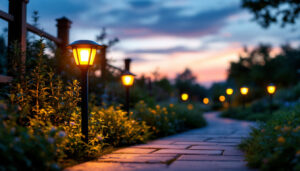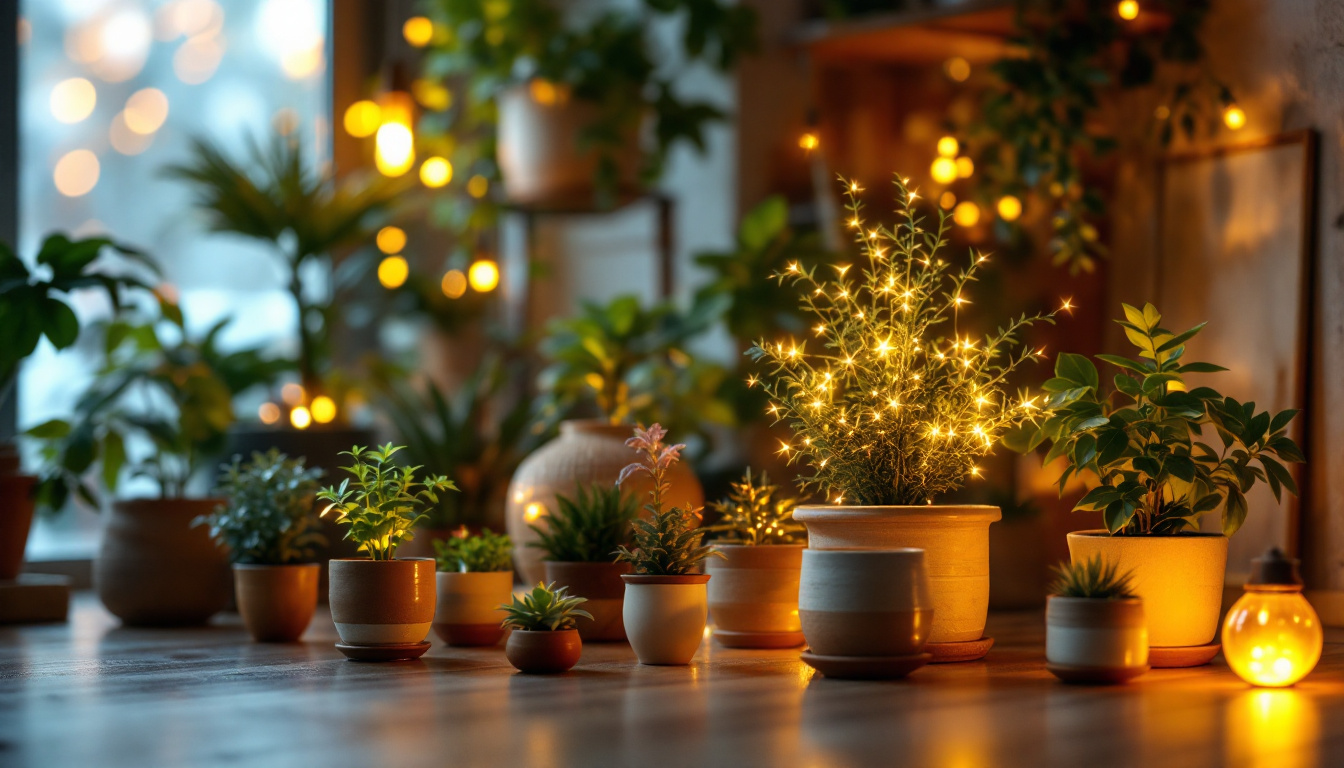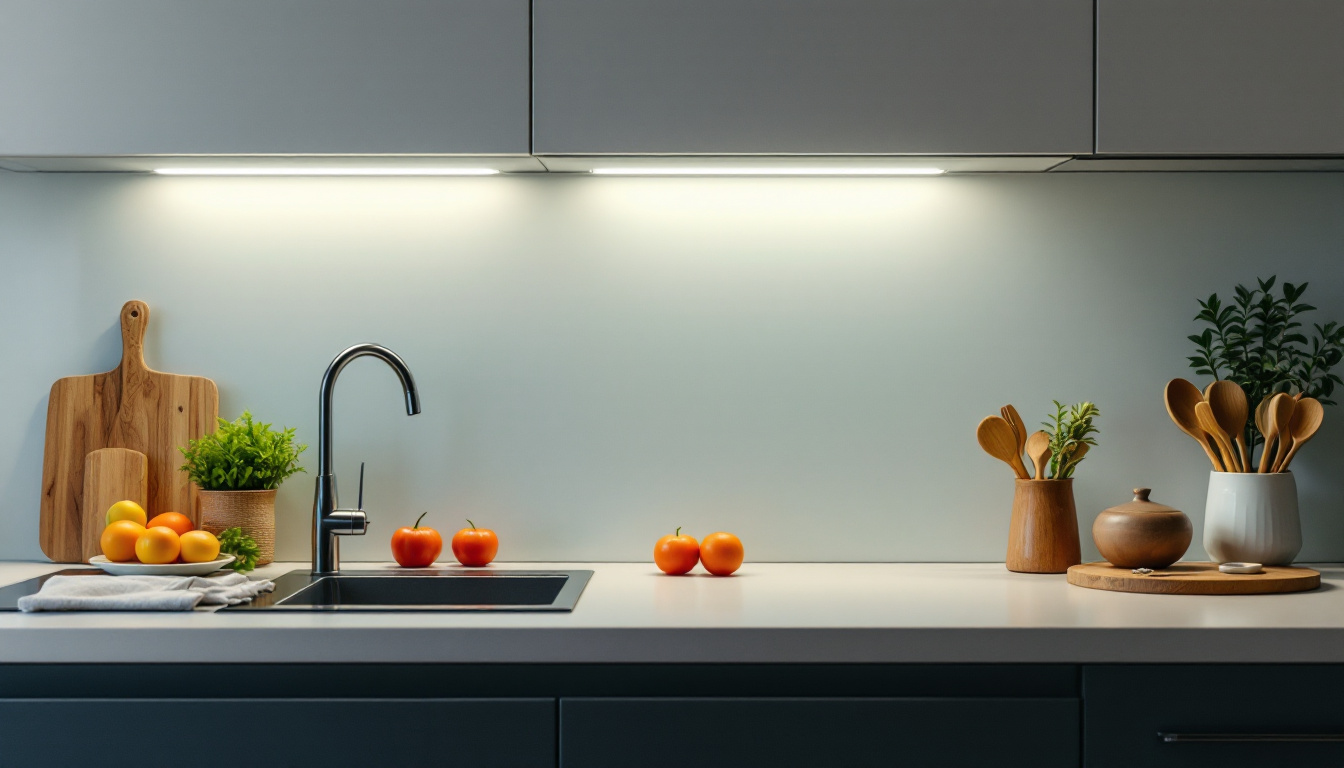

In the world of lighting, potted lights have emerged as a versatile and efficient solution for both residential and commercial spaces. These fixtures, often embedded in ceilings or walls, provide an unobtrusive way to illuminate areas while enhancing the overall aesthetic of a space. For lighting contractors, understanding the benefits and applications of potted lights is essential to meet client demands for energy efficiency and modern design.
Potted lights, also known as recessed lights or can lights, are fixtures that are installed into a hollow opening in the ceiling. This design allows the light source to be flush with the ceiling surface, creating a clean and streamlined look. They are available in various sizes and styles, making them suitable for a wide range of applications. From residential homes to commercial spaces, potted lights can enhance the overall ambiance while providing functional lighting solutions that blend seamlessly with the architecture.
There are several types of potted lights, each with unique features and benefits. The most common types include:
When installing potted lights, several factors must be considered to ensure optimal performance and safety. Proper spacing is crucial; lights should be placed at appropriate intervals to avoid dark spots and ensure even illumination. Additionally, the type of ceiling—whether it is drywall, plaster, or another material—can affect the installation process. For instance, ceilings with insulation may require specific housing types to prevent overheating and ensure compliance with building codes.
Moreover, understanding the electrical requirements is essential. Ensuring that the circuit can handle the load of the potted lights is necessary to prevent tripping breakers or potential fire hazards. It’s also important to choose the right trim and housing for the specific application, as this can impact both aesthetics and functionality. Beyond these technical aspects, considering the placement of the lights in relation to furniture and architectural features can enhance the overall design. For example, strategically positioning potted lights above artwork or architectural details can create focal points that draw the eye, adding depth and interest to a space.
Potted lights offer numerous advantages that make them an attractive choice for energy-efficient lighting solutions. Their design and functionality provide both practical and aesthetic benefits, appealing to a wide range of clients.
One of the most significant benefits of potted lights, especially LED versions, is their energy efficiency. LEDs consume up to 80% less energy than traditional incandescent bulbs, resulting in lower electricity bills and a reduced carbon footprint. This energy efficiency is particularly appealing to environmentally conscious clients and those looking to reduce long-term operational costs.
Additionally, the longevity of LED potted lights means less frequent replacements, contributing to lower maintenance costs and less waste. This makes them a sustainable choice for both residential and commercial projects. The reduced heat output of LEDs also means that they are safer to use, minimizing the risk of burns or fire hazards, which is particularly important in homes with children or pets.
Potted lights are incredibly versatile, making them suitable for various applications. They can be used for general lighting, accent lighting, or task lighting, depending on the specific needs of a space. This adaptability allows contractors to create customized lighting solutions that enhance the functionality and aesthetics of any room.
Furthermore, their sleek design means they can fit seamlessly into any decor style, from modern to traditional. This flexibility allows homeowners and business owners to achieve their desired ambiance without compromising on style. With an array of finishes and colors available, potted lights can be selected to complement existing furnishings or to serve as a striking focal point in a room, showcasing the owner’s personal taste.
Properly placed potted lights can significantly enhance the perception of space within a room. By directing light upwards or downwards, they can create the illusion of higher ceilings or larger areas. This effect is particularly beneficial in smaller spaces, where maximizing the perception of size is essential.
Moreover, the ability to adjust the brightness and color temperature of LED potted lights allows for further customization, enabling clients to create the perfect atmosphere for any occasion. For instance, warmer tones can create a cozy, inviting environment, ideal for relaxation, while cooler tones can energize a space, making it suitable for work or social gatherings. This adaptability not only enhances the functionality of a room but also contributes to the overall mood, making potted lights a valuable addition to any interior design strategy.
The versatility of potted lights extends to various applications, making them suitable for different environments. Understanding these applications can help lighting contractors recommend the best solutions to their clients.
In residential settings, potted lights are commonly used in kitchens, living rooms, and hallways. In kitchens, they provide essential task lighting over work areas, ensuring that homeowners can prepare meals safely and efficiently. In living rooms, they can be used to create a warm and inviting atmosphere, highlighting architectural features or artwork.
Hallways benefit from potted lights as well, providing necessary illumination without the bulk of traditional fixtures. Their unobtrusive design ensures that they blend seamlessly into the surrounding decor, enhancing the overall aesthetic without drawing attention to the lighting itself.
In commercial environments, potted lights are equally beneficial. They are often used in offices, retail spaces, and restaurants. In offices, they provide even illumination, reducing eye strain and improving productivity. Retail spaces benefit from the ability to spotlight products while maintaining a well-lit environment that invites customers in.
Restaurants can utilize potted lights to create intimate dining experiences. By strategically placing lights to highlight tables or architectural features, establishments can enhance the ambiance and encourage longer visits from patrons.
Potted lights are not limited to indoor use; they can also be effectively utilized in outdoor settings. Outdoor potted lights can illuminate pathways, patios, and gardens, enhancing safety and aesthetics. Weather-resistant models are available, ensuring durability and performance in various environmental conditions.
By incorporating potted lights into outdoor designs, contractors can create inviting spaces for gatherings or quiet evenings under the stars. The ability to control brightness and color temperature allows for further customization, making outdoor areas more functional and enjoyable.
When selecting potted lights for a project, several factors should be considered to ensure the best fit for the client’s needs. Understanding these factors can help contractors make informed recommendations.
The brightness of potted lights is measured in lumens, and selecting the right level of brightness is crucial for achieving the desired ambiance. For general lighting, a higher lumen output may be necessary, while accent lighting may require less. Understanding the specific use of the space will guide the selection process.
Color temperature, measured in Kelvin, also plays a significant role in the overall feel of a space. Warmer temperatures (around 2700K) create a cozy atmosphere, while cooler temperatures (above 4000K) provide a more energetic and focused environment. Matching the color temperature to the intended use of the space is essential for achieving the desired effect.
Potted lights come with various trim and housing options, each designed for specific applications. The trim can affect both the light output and the aesthetic appeal of the fixture. For example, baffle trims reduce glare, making them ideal for spaces where comfort is a priority, while reflector trims enhance brightness, making them suitable for task lighting.
Choosing the right housing is equally important, especially in new constructions versus retrofitting existing spaces. New construction housings are designed for ceilings that are still being built, while remodel housings are tailored for installations in existing ceilings. Understanding the project requirements will help contractors select the appropriate options.
Energy efficiency ratings are crucial when selecting potted lights, especially for clients focused on sustainability. Look for products that meet Energy Star standards, as these fixtures have been tested and verified for their energy-saving capabilities. By recommending energy-efficient options, contractors can help clients save money and reduce their environmental impact.
Potted lights represent a significant advancement in energy-efficient lighting solutions. Their versatility, energy efficiency, and aesthetic appeal make them a must-know for lighting contractors. By understanding the various types, benefits, applications, and selection criteria, contractors can provide informed recommendations that meet the diverse needs of their clients.
As the demand for energy-efficient solutions continues to grow, staying informed about innovations in lighting technology, such as potted lights, will be essential for contractors looking to remain competitive in the industry. By embracing these modern lighting solutions, contractors can enhance their service offerings and contribute to a more sustainable future.
Ready to elevate your lighting solutions with the efficiency and style of potted lights? Look no further than LumenWholesale for all your lighting needs. Our extensive selection of spec-grade lighting products ensures you have access to the best in energy-efficient lighting at wholesale prices. Say goodbye to local distributor markups and hello to premium lighting with free shipping on bulk orders. Make your next project shine brighter with LumenWholesale, where quality meets affordability and convenience. Discover the value we offer by visiting Wholesale Lighting at the Best Value today.

Discover expert tips and strategies for lighting contractors to master the installation and optimization of wall switches for ceiling fans.

Discover the ultimate guide for lighting professionals with our essential checklist for under cabinet LED lights.

Discover the transformative power of LED warehouse fixtures and why they’re indispensable for lighting contractors.

Discover how high bay LED lights are revolutionizing the lighting industry, offering energy efficiency, enhanced illumination, and cost savings for contractors.
Get notified when NEW deals are released.
Optimize your budget with wholesale discounts.
Only top-quality, specification-grade lighting products.
No additional costs at checkout - what you see is what you pay.
We understand the unique needs of contractors.